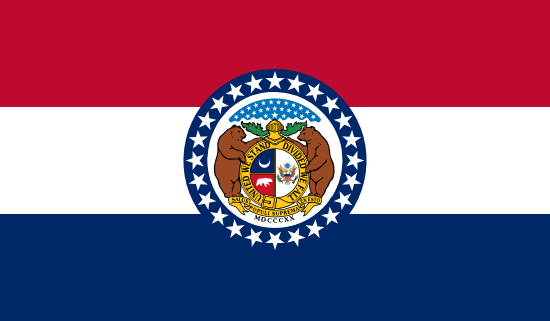
Kansas City
- County:
- Jackson County
- County Seat:
- Yes
- Area (mi²):
- 314.515
- State:
- Missouri
Kansas City is a city located in Jackson County, Missouri. Kansas City has a 2025 population of 516,032 . It is also the county seat of Jackson County . Kansas City is currently growing at a rate of 0.93% annually and its population has increased by 1.56% since the most recent census, which recorded a population of 508,096 in 2020.
The median household income in Kansas City is $67,449 with a poverty rate of 14.57%. The median age in Kansas City is 35.7 years: 35 years for males, and 36.3 years for females. For every 100 females there are 93.6 males.